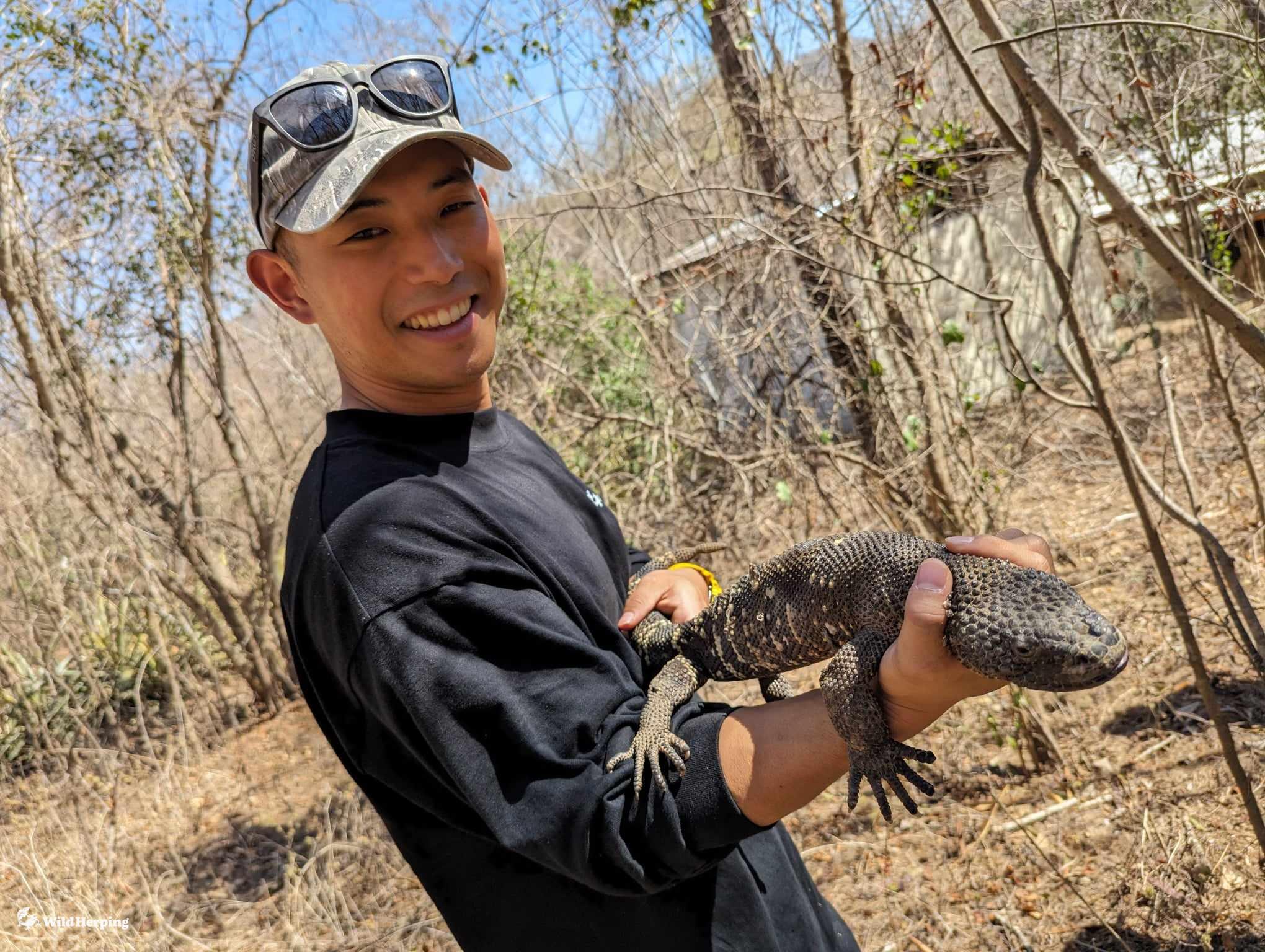This time, I set out to find the “Iranian Leopard gecko,” also known as the Giant Leopard gecko (scientific name: Eublepharis angramainyu), in the southern Zagros Mountains of Iran. As Leopard Geckos are nocturnal ground-dwelling lizards inhabiting rocky, dry grasslands, I conducted my reconnaissance during the daytime.
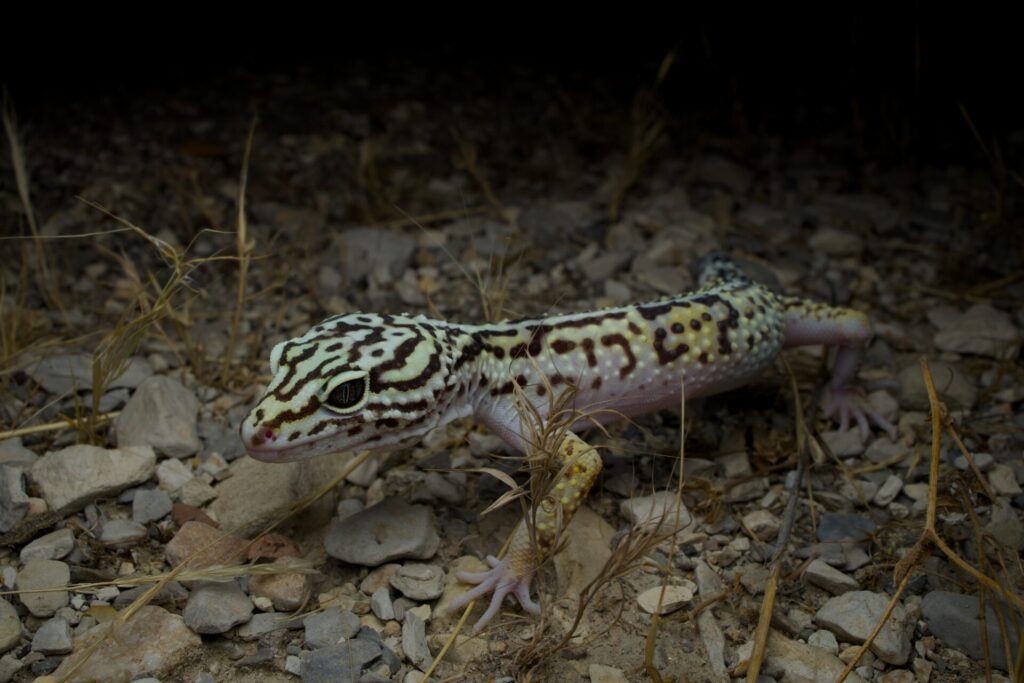
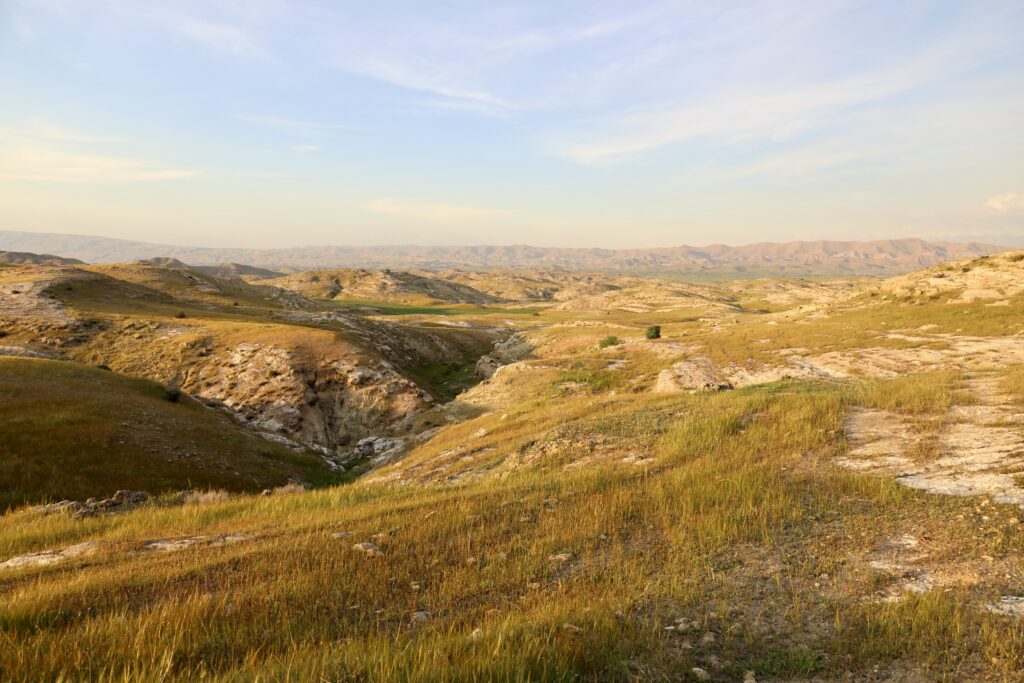
Accompanied by local friends, we explored the most ideal habitat within the area. Local grazers informed us that they had spotted Leopard Geckos several times in this region, raising our hopes.
The terrain comprised limestone rocks with knee-high grass spread across. The left side of the area featured a canyon about 10 meters deep, which we decided to focus our search on.
As dusk fell, we began our search. The most challenging aspect of wildlife searching in the desert is dealing with the thorny vegetation, which mercilessly tore through our pants, leaving our legs scratched as we hiked.
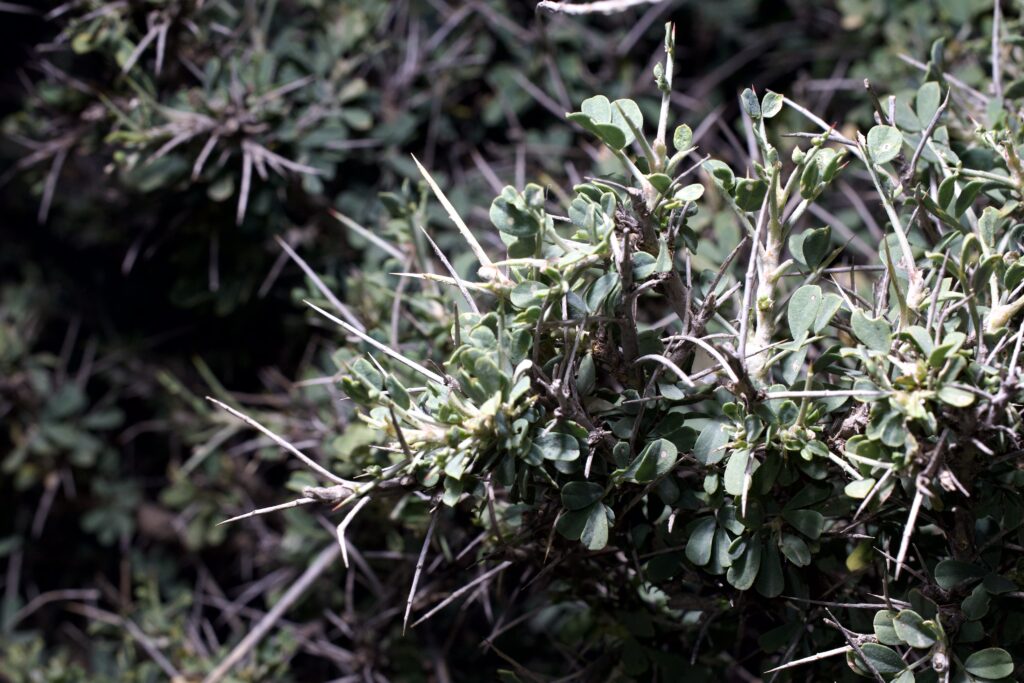
Our first encounters were with small scorpions, making us wonder if Leopard Geckos preyed on such creatures in the wild, adding excitement to our search. We also observed numerous small spiders.
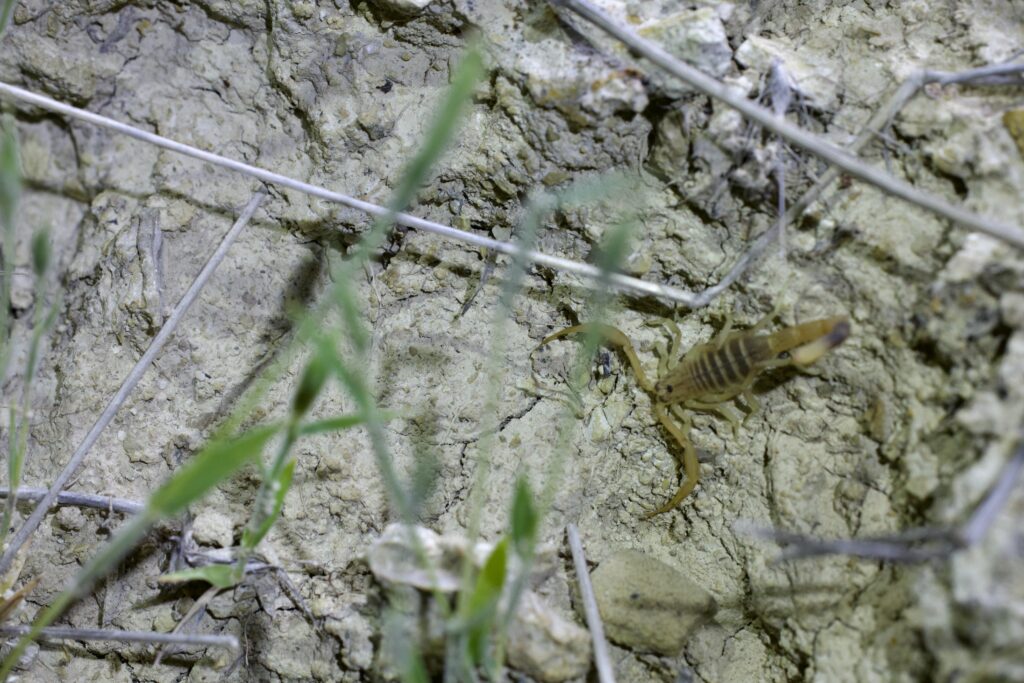
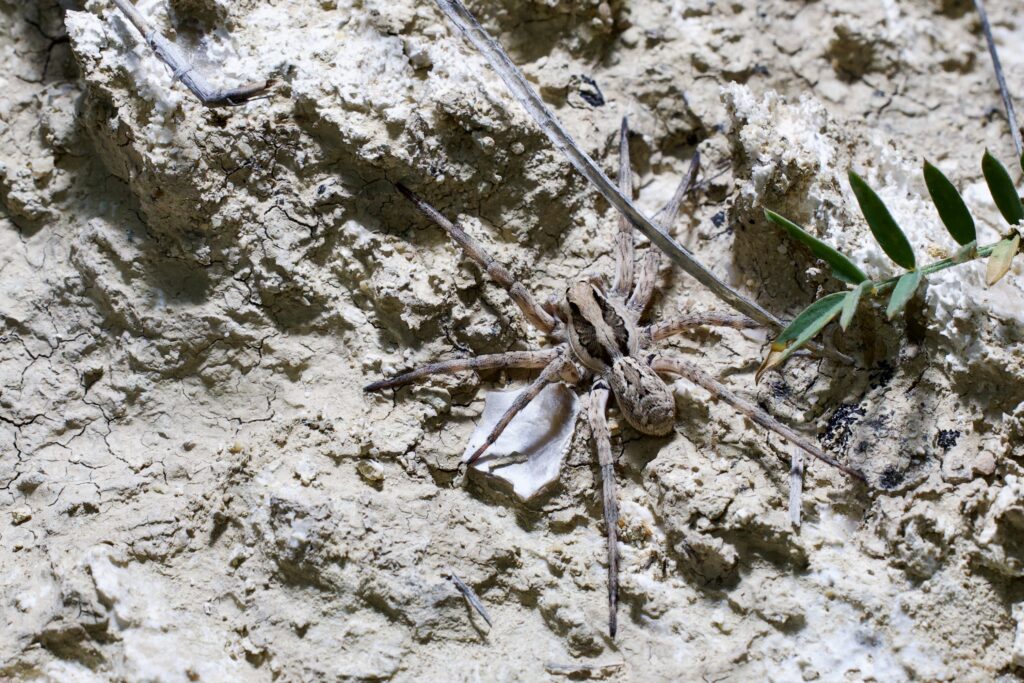
Despite the clear skies, the temperature dropped rapidly after sunset, reaching around 10 degrees Celsius by 8 PM. While the daytime temperature had exceeded 30 degrees Celsius, wildlife activity seemed subdued.
Nevertheless, we spotted the distinctive leaf-like fingers of the Werner’s leaf-toed Gecko (scientific name: Asaccus elisae) and the Heyden’s gecko (scientific name: Hemidactylus robustus) clinging to limestone cliffs.
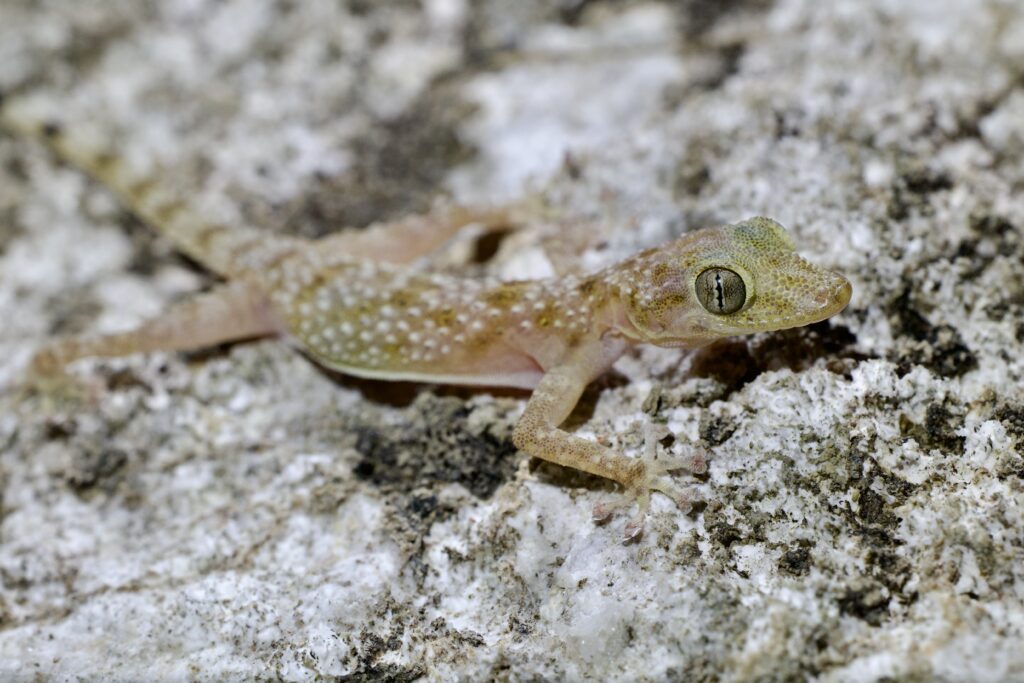
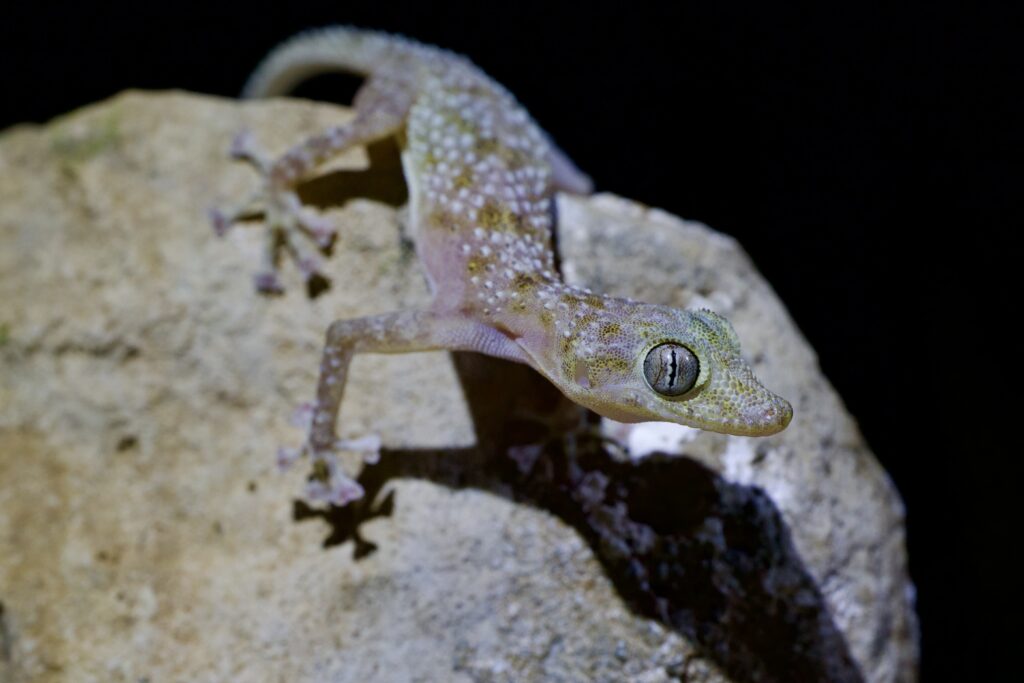
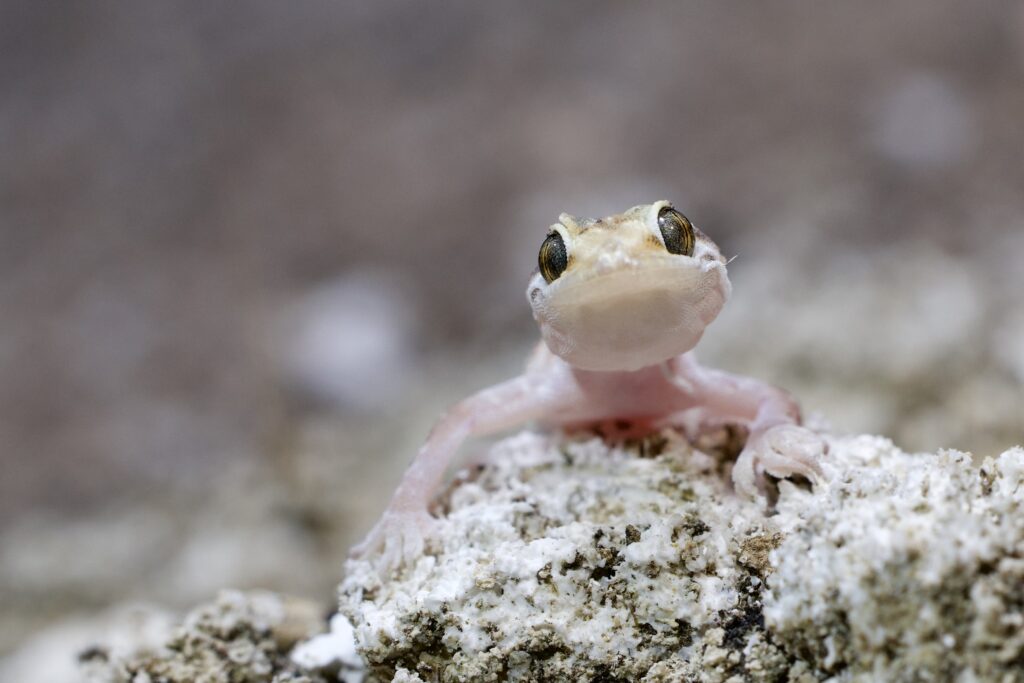
We also encountered a bird species(possibly a Lark) resting on the ground and European green toads (scientific name: Bufotes viridis), but unfortunately, the Iranian Leopard gecko remained elusive.
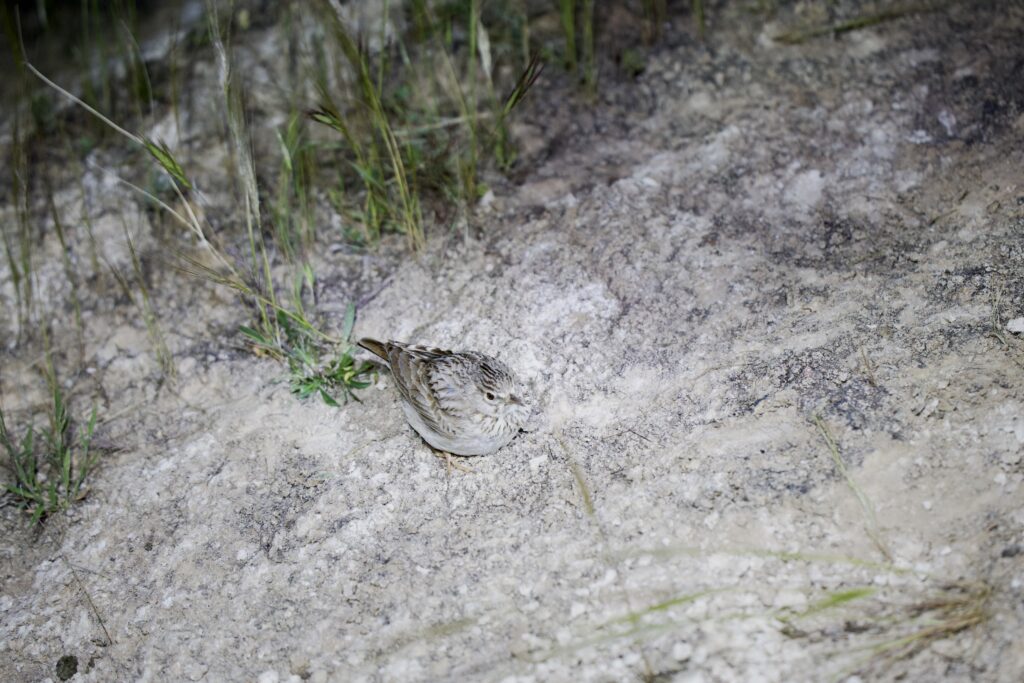
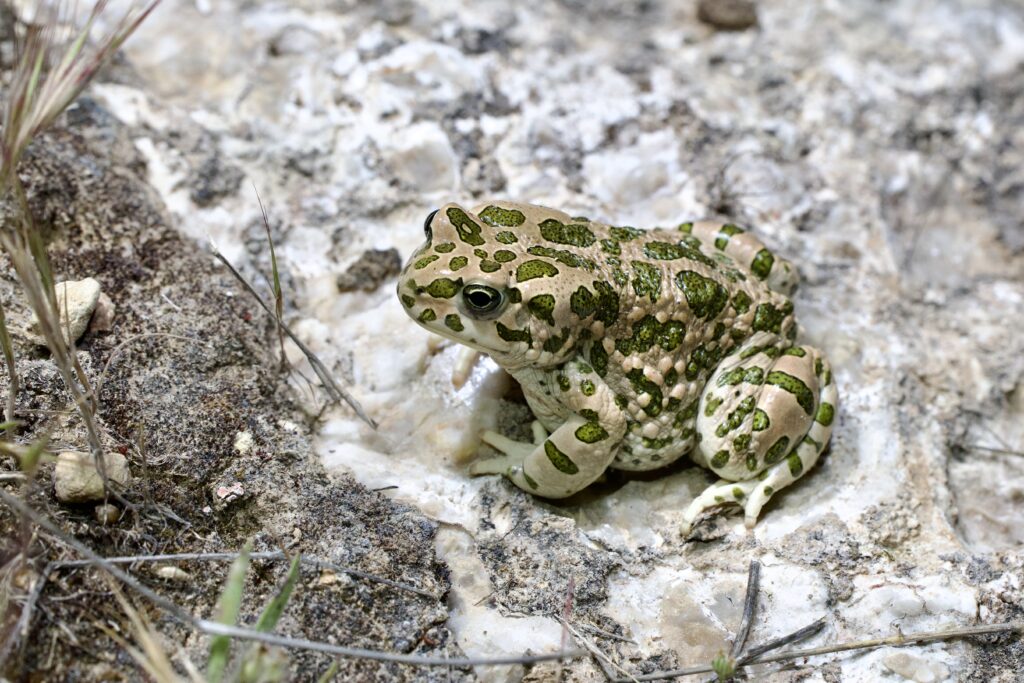
Although we didn’t encounter any wild Leopards, visiting the habitat that sparked my passion for reptiles was an unforgettable experience. The sweet and sour taste of a mysterious vitamin drink we enjoyed on our way back lingers, fueling the desire to embark on another adventure someday.


